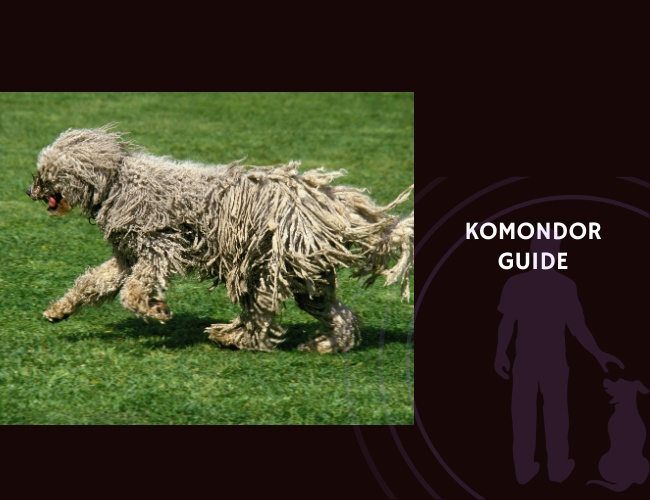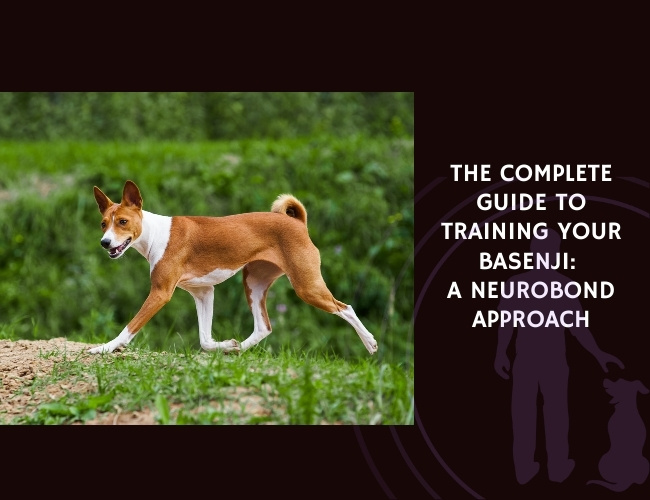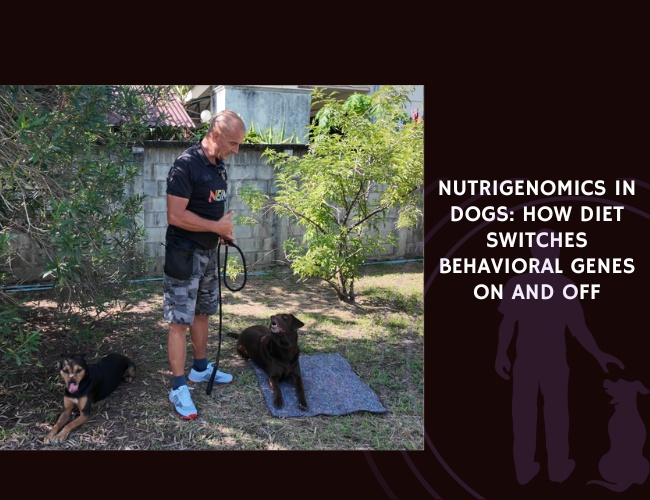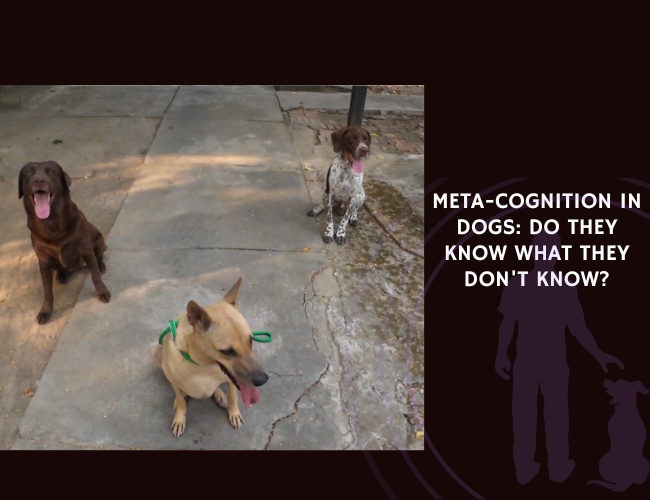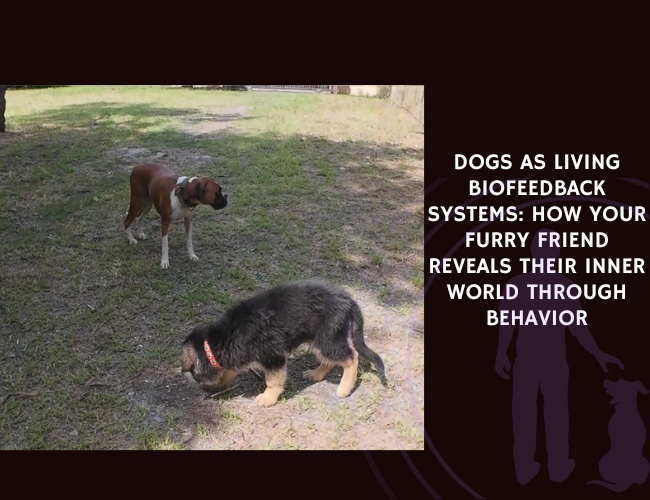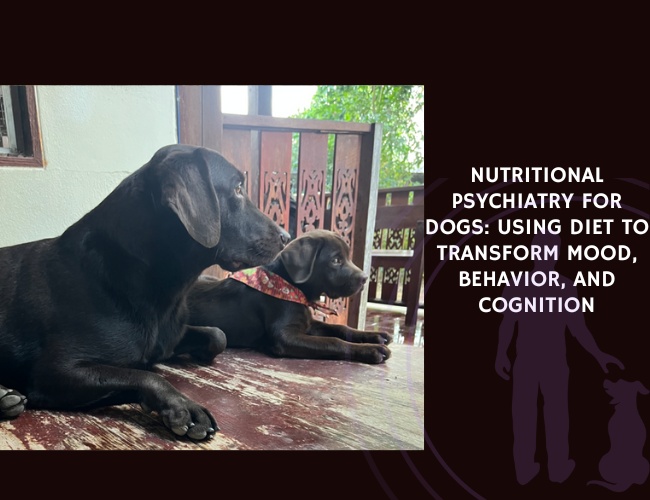Introduction: Meeting the Ancient Guardian of the Plains
Picture a dog that looks like a living mop, yet possesses the courage to face down wolves and the gentleness to watch over children. The Komondor, with its distinctive corded coat cascading like dreadlocks, represents over a millennium of careful breeding for one noble purpose: protecting what matters most. This ancient Hungarian breed, whose name literally means “dog of the Cumans,” carries within its genes the wisdom of countless generations of livestock guardians.
When you first encounter a Komondor, you might notice how their watchful eyes peer through those iconic cords, always assessing, always aware. These aren’t just dogs – they’re living history, descended from Tibetan dogs that traveled with nomadic peoples across the steppes of Asia. Did you know that written records of the Komondor date back to the mid-1500s? This remarkable heritage has shaped every aspect of their being, from their independent thinking to their unwavering devotion to family.
Let us guide you through understanding these majestic guardians, exploring not just what makes them unique, but how their ancient instincts translate into modern family life. Whether you’re considering welcoming a Komondor into your home or simply fascinated by this extraordinary breed, you’ll discover that beneath those cords beats the heart of a truly exceptional companion. 🐾
Character & Behaviour: The Soul of a Guardian
Understanding Your Komondor’s Ancient Heritage
Your Komondor carries within them over 1,000 years of selective breeding for independence and protection. This isn’t just a number – it’s a legacy that shapes every interaction your furry friend has with the world. The breed’s journey from the Yellow River region of Asia to the Hungarian plains created a dog unlike any other, one that Hungarian breeders traditionally described with a chilling accuracy: “An intruder may be allowed to enter the property guarded by a Komondor, but he will not be allowed to leave.”
This historical role as autonomous livestock guardians means your Komondor thinks differently than most dogs. They’ve been bred to make decisions independently, to assess threats without human guidance, and to act decisively when needed. You might notice this ancient wisdom in the way they position themselves in your home – always where they can monitor multiple entry points, always ready.
The fascinating aspect of their heritage is how it manifests in seemingly small behaviors. That slow, deliberate way your Komondor moves through the house? It’s the same energy-conserving patrol their ancestors used while watching flocks. The way they seem to “count” family members when everyone comes home? That’s centuries of keeping track of their charges.
The Complex Temperament Profile
The Calm Before the Storm In normal circumstances, your Komondor exhibits a zen-like calmness that might make you wonder if they’re even awake. This steady temperament isn’t laziness – it’s strategic conservation. Like a coiled spring, they maintain this peaceful demeanor until the moment their protective instincts engage. Then, you’ll witness a transformation that’s both awe-inspiring and humbling.
Family Devotion and Gentle Giants The depth of a Komondor’s devotion to family often surprises new owners. Despite their imposing size and serious working heritage, these dogs show remarkable gentleness with family members, especially children. You might find your 100-pound guardian carefully stepping around toddlers or lying perfectly still while little hands explore their cords. This isn’t trained behavior – it’s an innate understanding that family, especially the vulnerable members, require special care.
The Stranger Equation Your Komondor’s relationship with strangers follows a complex algorithm developed over centuries. They don’t immediately warm to unfamiliar people, but neither do they show unprovoked aggression. Instead, they observe, evaluate, and wait for clear signals from you that the stranger poses no threat. This measured response shows their intelligence – they’re not reactive; they’re analytical.
Cognitive Abilities and Decision-Making
The Komondor’s problem-solving abilities often catch owners off guard. These aren’t dogs that simply follow commands; they’re partners who evaluate situations and make judgments. You might give your Komondor a command, only to have them pause, assess the situation, and potentially decide on a different course of action if they believe it better serves their protective role.
This autonomy in decision-making means living with a Komondor requires mutual respect. They need to understand not just what you want them to guard, but also trust that you’ll let them determine how to guard it. It’s a partnership built on understanding rather than dominance.
Their cognitive map of “their” territory is remarkably sophisticated. A Komondor will quickly learn every sound, smell, and sight that belongs in their environment. Any deviation from this baseline triggers their alert system – not necessarily aggression, but heightened awareness that something has changed.
Emotional Intelligence and Stress Responses
The Separation Anxiety Paradox Here’s something that might surprise you: despite being bred for independent work, Komondors are prone to separation anxiety. This seeming contradiction actually makes perfect sense when you understand their psychology. Their job has always been to guard their charges – how can they do that if separated from them?
This emotional need for proximity to family means that despite their historical role as outdoor guardians, modern Komondors need quality indoor time with their people. Depriving them of human company doesn’t make them tougher; it creates behavioral problems and emotional distress.
Reading the Emotional Weather Your Komondor possesses an uncanny ability to read the emotional temperature of their household. They’ll notice tension between family members, anxiety in children, or stress in their primary caregiver. This emotional attunement means they often position themselves near family members who seem upset, offering silent support through their presence. 🧡
Training & Education: Shaping an Independent Mind
The Critical Window of Early Socialisation
The period between 3 and 14 weeks represents a make-or-break window for your Komondor puppy’s social development. During this time, their brain is particularly plastic, forming neural pathways that will influence their behavior for life. Missing this window doesn’t mean you can’t train an older Komondor, but it does mean working against stronger instinctual responses.
Kindergarten classes aren’t just recommended – they’re essential. Your puppy needs to learn that not every dog or person represents a threat to their future flock. These early experiences create a library of “safe” encounters their brain can reference throughout life. A daily walk in the park, while valuable, cannot substitute for structured socialization where your puppy learns appropriate play, communication, and boundary-setting with other dogs.
The beauty of early socialization is watching your Komondor puppy navigate these new experiences. You’ll see them absorb information like a sponge, filing away which behaviors earn praise, which dogs make good playmates, and which situations require vigilance versus relaxation.
Boundaries Over Commands: A Different Training Philosophy
Understanding the Komondor Learning Style Training your Komondor requires a fundamental shift in thinking from traditional obedience training. These dogs weren’t bred to perform tricks or compete in obedience trials – they were bred to think. This means your training approach needs to focus on establishing clear boundaries and expectations rather than rote command following.
Think of it this way: you’re not training a soldier who follows orders without question; you’re educating a security consultant who needs to understand the parameters of their job. Your Komondor will respect boundaries that make sense to them but may question or ignore commands they view as arbitrary or counterproductive to their guardian role.
The Currency of Respect Positive reinforcement works beautifully with Komondors, but the most valuable currency isn’t always treats. Often, your approval, conveyed through tone and body language, carries more weight than food rewards. These dogs are incredibly attuned to their owner’s emotional state and genuinely want to please – but only within the framework of what they understand as their job.
Consistency becomes your greatest tool. Komondors have exceptional memories and will quickly identify any inconsistency in rules or boundaries. If you allow them on the couch on Tuesday but not on Wednesday, they’ll test this boundary repeatedly, not out of defiance but from confusion about the actual rule.
Managing Guardian Instincts in Modern Life
Impulse Control Without Suppression Your Komondor’s protective instincts are hardwired – you cannot and should not try to eliminate them. Instead, successful training channels these instincts appropriately. This means teaching your dog when protection is needed versus when it’s not, a nuanced distinction that requires patience and understanding.
For example, the mailman approaching your door triggers your Komondor’s guardian response. Rather than punishing this instinct, you teach them that announcing the arrival is acceptable, but continuing to bark or showing aggression is not. You’re refining their response, not eliminating it.
The Authority Question Komondors are known to question authority when rules seem unfair or inconsistent. This isn’t defiance in the traditional sense – it’s an evaluation of whether the rule serves the greater good of protecting the family. Some owners interpret this as stubbornness, but it’s actually a sign of intelligence and independent thinking.
Physical corrections rarely work and often backfire with Komondors. These dogs have been known to respond defensively when training becomes heavy-handed. Instead, firm verbal corrections, combined with consistent boundaries and positive reinforcement for correct behavior, yield much better results.
Specialized Skills and Modern Applications
The Komondor’s guardian abilities aren’t limited to historical sheep herding. Today, many ranchers across the United States successfully use Komondors to protect cattle, goats, and even alpacas from predators. Federally-funded studies have validated their effectiveness in predator control, showing remarkable success rates when properly deployed.
If you’re considering your Komondor for actual livestock guardian work, understand that this requires minimal training in the traditional sense. Instead, it’s about proper introduction to the livestock as puppies and allowing their natural instincts to develop. The dog will naturally bond with their charges and begin protective behaviors without human intervention.
For family Komondors, you can channel these working instincts through activities like watching over children during outdoor play, “guarding” the car during road trips, or protecting the home during your absence. Giving them a job, even a symbolic one, satisfies their psychological need to work. 🧠

Nutritional Recommendations: Fueling Your Guardian
Understanding Large Guardian Dog Nutrition
Your Komondor’s nutritional needs differ significantly from other large breeds due to their unique metabolism and activity patterns. Unlike high-energy breeds that burn calories through constant activity, Komondors conserve energy through strategic rest periods punctuated by intense vigilance. This means their caloric needs might be lower than you’d expect for such a large dog.
The foundation of optimal Komondor nutrition rests on high-quality proteins, but here’s where it gets interesting: too much protein can actually cause problems. Most breeds thrive on high-protein diets, but Komondors can develop scratching and skin conditions when protein levels are excessive. You’re looking for a balance – enough to maintain their impressive muscle mass, but not so much that it triggers dermatological issues.
The best diet for your Komondor includes a careful combination of quality proteins (around 22-26% for adults), healthy fats for coat condition, complex carbohydrates for sustained energy, and fiber from vegetables and berries for digestive health. Many successful Komondor owners supplement commercial food with fresh, lean meats and vegetables, creating a more varied and naturalistic diet.
Joint and Musculoskeletal Support Through Nutrition
The Calcium-Phosphorus Balance Large breed puppies like Komondors face a unique challenge: growing too quickly can damage developing joints. The key lies in managing the calcium-phosphorus ratio in their diet. High protein increases phosphorus intake, which then demands more calcium to maintain balance. This seemingly simple equation can lead to excessive calcium intake and developmental orthopedic diseases if not carefully managed.
For growing Komondor puppies, look for large-breed puppy formulas that maintain appropriate calcium levels (1.2-1.5% on a dry matter basis) and avoid supplementing with additional calcium unless specifically directed by your veterinarian. The goal is controlled, steady growth rather than rapid development.
Glucosamine and Long-term Joint Health Given the Komondor’s size and the stress their joints endure, many veterinarians recommend glucosamine supplementation for both growing and adult dogs. This isn’t just about preventing problems – it’s about maintaining quality of life as your guardian ages. Starting supplementation early, even in healthy young adults, may help preserve joint function into their senior years.
Preventing Gastric Dilatation-Volvulus (Bloat)
GDV, commonly known as bloat, represents one of the most serious health threats to your Komondor. Their deep chest makes them particularly susceptible to this life-threatening condition where the stomach twists on itself, cutting off blood supply. Without immediate intervention, bloat can be fatal within 30 minutes.
Prevention strategies should become part of your daily routine:
- Feed smaller, frequent meals rather than one large daily feeding
- Use slow-feed bowls to prevent rapid eating
- Restrict water immediately before and after meals
- Avoid exercise for at least an hour after eating
- Monitor stress levels during feeding times
Many experienced Komondor owners feed 2-3 smaller meals daily, finding this significantly reduces bloat risk while maintaining proper nutrition. Interestingly, adult Komondors often thrive on less food than you might expect – many eat just 3 cups of high-quality food daily and maintain excellent health.
Life Stage Nutritional Adjustments
Puppy Nutrition (0-18 months) Your Komondor puppy’s nutritional needs change rapidly during their first year and a half. Start with 4-5 small meals daily for young puppies, gradually reducing to 3 meals by six months. The focus should be on controlled growth – you want your puppy lean and healthy, not roly-poly. Those adorable fat puppies often develop joint problems later.
Adult Maintenance (18 months – 7 years) Adult Komondors typically consume between 3-5 cups of high-quality dry food daily, split into two meals. However, individual needs vary considerably based on activity level, metabolism, and environmental factors. You’ll need to adjust portions based on body condition – you should be able to feel but not see ribs, and your dog should have a visible waist when viewed from above.
Senior Nutrition (7+ years) As your Komondor ages, their metabolism slows while their nutritional needs become more specific. Senior formulas with added joint support, reduced calories, and increased fiber can help maintain health. Many senior Komondors benefit from the addition of omega-3 fatty acids for cognitive function and anti-inflammatory effects. 😄
Majestic. Watchful. Devoted.
Heritage shapes instinct. Forged over a thousand years as autonomous guardians, Komondors carry an ancient wisdom that guides every movement. Their calm vigilance reflects centuries of protecting flocks and families without human direction.
Calm hides power. In daily life, they move with quiet patience and deliberate stillness. Yet when duty calls, this serenity transforms into explosive, decisive action—an awe-inspiring reminder of their working legacy.
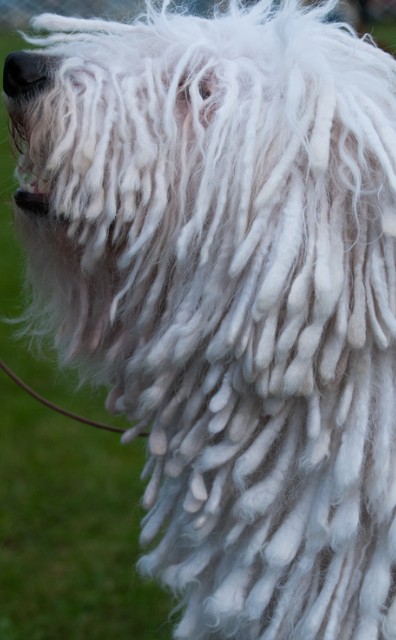
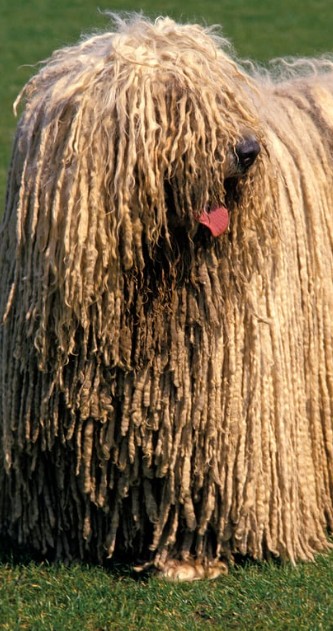
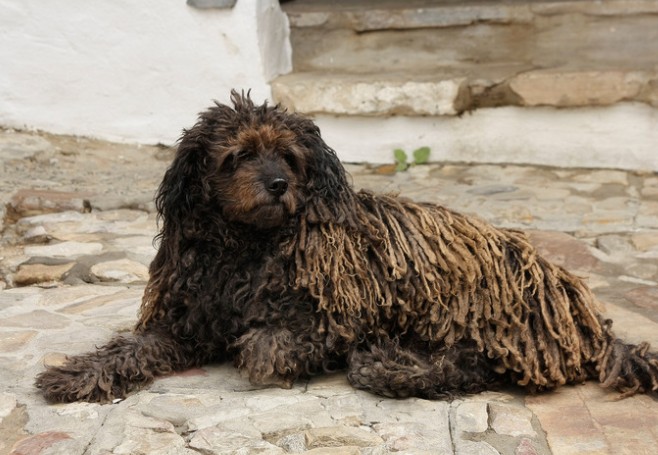
Devotion defines their soul. Beneath the cords lies a gentle protector who treats family, especially children, with profound care. Their loyalty isn’t taught—it’s woven into their very being, steadfast and unshakable.
Health & Wellness: Safeguarding Your Guardian’s Vitality
Understanding Orthopedic Vulnerabilities
Hip and elbow dysplasia represent significant concerns in the Komondor breed. These inherited conditions cause joints to develop improperly, leading to arthritis and mobility issues. The insidious nature of dysplasia means you might not notice symptoms until significant damage has occurred.
Early screening through radiographs can identify dysplasia before clinical signs appear. The Orthopedic Foundation for Animals (OFA) recommends screening at 24 months, but many veterinarians suggest preliminary evaluation at 12 months for large breeds. If detected early, management strategies including weight control, appropriate exercise, and potentially surgical intervention can dramatically improve outcomes.
Watch for subtle signs of joint discomfort: reluctance to climb stairs, difficulty rising from rest, or a bunny-hopping gait. Your Komondor’s stoic nature means they might hide pain until it becomes severe, so vigilant observation becomes crucial.
The Unique Challenge of Coat-Related Health Issues
Moisture, Mold, and Skin Infections That magnificent corded coat that makes your Komondor so distinctive also creates unique health challenges. The dense cords can trap moisture against the skin, creating an ideal environment for bacterial and fungal growth. What starts as a small area of irritation can quickly become a significant infection hidden beneath layers of cords.
Regular inspection requires physically separating cords to examine the skin beneath. Look for redness, unusual odors, or any discharge. Pay special attention to areas that stay damp longer: the neck where drool might accumulate, the feet after walks, and anywhere cords are particularly dense.
Prevention involves ensuring complete drying after any water exposure. This isn’t a quick process – a thoroughly wet Komondor can take up to two and a half days to dry completely. Floor fans become essential tools, and many owners schedule baths for early morning on days off, knowing the drying process will consume much of their time.
Ocular Conditions Requiring Vigilance
Entropion: When Eyelids Turn Inward Komondors show particular susceptibility to entropion, a painful condition where the eyelid rolls inward, causing eyelashes to scratch the cornea with every blink. Imagine the constant irritation of having something in your eye – except it never goes away and gradually damages your vision.
Early signs include excessive tearing, squinting, or pawing at the eyes. Left untreated, entropion causes corneal ulcers and potentially blindness. Surgical correction is typically required and is most successful when performed before significant corneal damage occurs.
Juvenile Cataracts and Age-Related Changes Some Komondor lines carry genes for juvenile cataracts, which can appear in dogs as young as six months. Regular veterinary eye exams can catch these early, potentially preserving vision through surgical intervention. Even Komondors without juvenile cataracts may develop age-related lens changes, making annual ophthalmologic exams a wise investment.
Cardiac Monitoring in Large Breeds
While not as common as orthopedic issues, cardiac conditions can affect aging Komondors. The breed’s size puts additional strain on the cardiovascular system, and age-related changes can compromise heart function. Annual veterinary exams should include cardiac auscultation, with more detailed evaluation (ECG, echocardiogram) if any irregularities are detected.
Signs of cardiac issues might be subtle initially: decreased exercise tolerance, occasional coughing (especially at night), or rapid breathing at rest. Your Komondor’s naturally calm demeanor might mask early symptoms, making regular veterinary monitoring essential.
Longevity and Quality of Life Considerations
Komondors typically live 10-12 years, respectable for a giant breed. However, quality of life throughout those years depends significantly on preventive care and early intervention when problems arise. The breed’s stoic nature means they often hide discomfort until conditions become advanced.
Creating a health monitoring routine helps catch problems early:
- Weekly coat and skin inspections
- Monthly weight checks (obesity significantly shortens lifespan)
- Bi-annual veterinary examinations (annually for younger adults, bi-annually for seniors)
- Annual blood work after age 5 to catch metabolic changes early
- Dental care to prevent systemic infections
Remember, your Komondor’s health is an investment in your years together. Preventive care costs far less – financially and emotionally – than treating advanced conditions. 🐾
Attitude & Lifestyle: Creating the Perfect Environment
Exercise: Quality Over Quantity
You might expect that a dog of the Komondor’s size requires extensive exercise, but here’s what might surprise you: these giants are actually quite moderate in their activity needs. Your Komondor was bred to move slowly with sheep, conserving energy for when protection was needed. This translates to a modern dog that needs regular but not excessive exercise.
Two or three 30-minute walks daily typically satisfy a Komondor’s exercise requirements. These walks serve multiple purposes beyond physical fitness – they provide mental stimulation through new scents and sights, reinforce your bond through shared activity, and allow your dog to patrol and understand their extended territory.
Playing fetch or tug-of-war for 15-20 minutes adds variety and addresses different muscle groups. However, don’t expect the endless energy of a retriever. Your Komondor will engage enthusiastically for short periods, then indicate they’ve had enough. Respect these signals – overexercise, especially in young dogs, can damage developing joints.
Environmental Adaptability and Space Requirements
The Ideal Komondor Kingdom Let’s be honest about what Komondors need spatially. While technically capable of adapting to apartment living with sufficient exercise, these dogs truly thrive with access to secure, spacious outdoor areas. A large, extremely well-fenced property allows them to fulfill their guardian instincts naturally, patrolling their territory and watching for potential threats.
The fencing deserves special mention. Komondors aren’t typically escape artists, but they will challenge boundaries if they perceive a threat outside their territory. Six-foot fencing is minimum, and it should be secure at ground level – these dogs are surprisingly capable diggers when motivated.
Indoor Living Arrangements Despite their outdoor heritage, modern Komondors need significant indoor time with family. They’ll naturally select strategic positions in your home – often doorways or central locations where they can monitor multiple areas. Providing a comfortable bed in their chosen spot acknowledges their working instincts while ensuring comfort.
Be prepared for the practical realities of indoor life with a corded dog. Those magnificent cords collect debris, water, and occasionally interesting items from your yard. A good doormat and towel station become essential, and you’ll quickly learn to check for hitchhiking twigs or leaves before your dog settles on the couch.

Climate Considerations and Seasonal Management
The All-Weather Coat That impressive corded coat serves as natural climate control, insulating against cold in winter and surprisingly, helping regulate temperature in summer. The air trapped between cords provides insulation, while the light color reflects heat. However, this doesn’t mean your Komondor is invulnerable to temperature extremes.
In summer, ensure constant access to shade and fresh water. While their coat provides some protection, Komondors can overheat, especially if exercised during peak heat hours. Early morning and evening activities work best during warm months. Many owners provide kiddie pools for their Komondors to wade in – though be prepared for extended drying time afterward!
Winter presents fewer challenges. Your Komondor will likely revel in cold weather, often choosing to spend extended periods outdoors even in snow. However, ice balls can form in their cords, particularly around feet, requiring regular checking and removal.
Family Integration and Social Dynamics
Children and Your Komondor Within their own family, Komondors display remarkable gentleness with children. They seem to instinctively understand that young humans require special protection and patience. You might observe your Komondor positioning themselves between your children and strangers, or gently herding toddlers away from perceived dangers.
However, this protection doesn’t automatically extend to visiting children. Your Komondor may view unfamiliar children as potential threats to “their” children or simply not recognize them as requiring the same gentle treatment. Supervised interaction is essential, and visiting children should be properly introduced in controlled circumstances.
Multi-Pet Households Introducing a Komondor to existing pets requires careful management. When raised with other animals from puppyhood, they typically accept them as part of their flock requiring protection. Adult Komondors can learn to accept new pets, but the process requires patience and careful supervision.
The key is understanding that your Komondor categorizes every living thing as either “flock” (to be protected), “predator” (to be driven away), or “neutral” (to be monitored). Helping them properly categorize new pets prevents misunderstandings that could lead to conflict.
The Ideal Komondor Owner Profile
Are You Ready for This Commitment? Let’s be completely honest: Komondors are NOT suitable for most families, especially as a first dog. This isn’t about being discouraging – it’s about ensuring both you and your potential Komondor will thrive together. Success with this breed requires specific qualities and circumstances.
You’ll excel as a Komondor owner if you:
- Have experience with independent, strong-willed breeds
- Understand and respect guardian dog instincts
- Can provide consistent, patient training without resorting to force
- Have time for extensive grooming and maintenance
- Live in a suitable environment with secure outdoor space
- Appreciate a dog that thinks independently rather than blindly obeys
- Can commit to early and ongoing socialization
The most successful Komondor owners view their dogs as partners rather than pets. They understand that this breed’s independence isn’t a flaw to be corrected but a feature to be channeled appropriately. 🧡
Grooming & Maintenance: The Art of Cord Care
Understanding Cord Formation and Maintenance
The Komondor’s corded coat isn’t just for show – it’s functional armor that protected their ancestors from predator attacks and harsh weather. But maintaining these cords in modern life requires dedication that goes far beyond typical dog grooming.
Cords begin forming naturally as your puppy’s soft undercoat tangles with the coarser outer coat. Around 8-12 months, you’ll start manually separating these mats into individual cords, a process that requires gentle but firm pulling apart of the hair down to the skin. This isn’t a one-time event – it’s an ongoing process that continues throughout your dog’s life.
Every 3-4 days, you’ll need to separate cords to prevent them from growing together into large mats. This maintenance session typically takes 2-3 hours, during which you’ll work through each cord, checking for debris, ensuring they’re separated to the skin, and monitoring for any skin issues hidden beneath.
The Bathing Marathon
Preparing for the Commitment Bathing a Komondor isn’t a casual Saturday morning activity – it’s an event requiring planning and dedication. The process from start to fully dry can take an entire weekend. Most owners schedule baths for early morning on their days off, knowing they’ll be managing the drying process for the next two to three days.
The bathing process itself requires thoroughly soaking each cord, working shampoo through to the skin, and then – the real challenge – rinsing completely. Soap residue trapped in cords can cause skin irritation and attract dirt. Many owners use diluted shampoo in spray bottles to ensure even distribution, followed by extensive rinsing with a handheld shower attachment.
The Drying Challenge Here’s where commitment truly shows. A wet Komondor is susceptible to mold and mildew if not properly dried. Floor fans become essential tools, and many owners invest in multiple fans to create airflow around their dog. The cords must be separated repeatedly during drying to ensure air reaches the skin.
Some owners use professional dog dryers, but even with mechanical assistance, complete drying takes days. During this time, your Komondor needs to stay relatively clean and dry – no rolling in the yard or splashing through puddles, which means supervised outdoor time only.
Daily Maintenance and Practical Considerations
Living with a corded coat means adapting your daily routine. Those magnificent cords act like mops, collecting everything they touch. Your Komondor will bring the outdoors inside in ways you never imagined. Twigs, leaves, grass, and occasionally surprising items become tangled in the cords.
After each outdoor excursion, especially in wet weather, you’ll need to check and clean cords, particularly around the feet and belly. Many owners keep towels by every entrance and have developed efficient systems for quickly checking and cleaning the most problematic areas.
Feeding time requires special consideration too. Those facial cords will dip into food and water bowls, requiring post-meal cleaning. Some owners use snoods (fabric tubes that hold the cords back) during meals, while others simply accept that facial cord cleaning is part of the daily routine.
Professional Grooming: When to Seek Help
While many Komondor owners handle all grooming themselves, there’s no shame in seeking professional help, especially for bathing. However, finding a groomer experienced with corded coats can be challenging. Many groomers have never worked with cords and might inadvertently damage the coat structure.
If you choose professional grooming, interview potential groomers carefully. Ask about their experience with corded breeds, their drying facilities, and their understanding of cord maintenance. Some owners use professional groomers for periodic deep cleaning while maintaining cords themselves between visits.
Remember, grooming isn’t just about appearance – it’s about health. Properly maintained cords protect your dog’s skin, prevent infections, and honor the breed’s heritage. The time you invest in grooming becomes bonding time, building trust and deepening your relationship with your guardian. 🐾
Senior Care: Honoring Your Aging Guardian
Recognizing Age-Related Changes
As your Komondor enters their senior years (typically around 7-8 years), you’ll notice subtle changes that require adjustments to their care. That steady, patient guardian might become slightly more set in their ways, preferring familiar routines and showing less tolerance for disruption.
Physical changes often manifest gradually. The powerful gait might develop a slight stiffness, particularly after rest. Rising from their favorite spot might take a moment longer. These aren’t necessarily signs of serious problems, but rather normal aging that benefits from thoughtful management.
Cognitive changes can be harder to spot in a breed that already spends much time in quiet observation. Watch for confusion about familiar routines, changes in sleep patterns, or occasional disorientation. These might indicate cognitive dysfunction syndrome, treatable if caught early.
Adapting Exercise and Activity
Your senior Komondor still needs regular exercise, but the approach requires modification. Instead of two longer walks, consider three or four shorter outings. This maintains fitness while preventing overexertion. Swimming, if your dog enjoys it, provides excellent low-impact exercise for aging joints.
Mental stimulation becomes increasingly important as physical activity decreases. Puzzle feeders, scent games, and gentle training sessions keep the mind sharp. Your senior Komondor might surprise you by learning new tricks – they’re never too old to engage their considerable intelligence.
Comfort Modifications for Golden Years
Joint Support and Mobility Arthritis is common in senior Komondors, but various interventions can maintain quality of life. Orthopedic beds provide crucial joint support during the increased rest periods of senior dogs. Placing these beds in multiple locations allows your dog to stay near family without navigating stairs.
Ramps for vehicles and strategic placement of non-slip rugs on smooth floors prevent injuries from falls. Some owners install baby gates to prevent unsupervised stair access, reducing the risk of falls when joints are stiff.
Dietary Adjustments Senior Komondors often benefit from diet modifications. Reduced calorie density prevents obesity that stresses aging joints, while increased fiber aids digestion. Many senior formulas include glucosamine and chondroitin for joint support, omega-3 fatty acids for cognitive function, and antioxidants for immune support.
Consider raising food and water bowls to reduce neck strain. The deep chest that predisposes Komondors to bloat becomes even more vulnerable with age, making continued vigilance about feeding practices essential.
End-of-Life Considerations
The Komondor’s stoic nature means they might hide significant discomfort until quality of life is severely compromised. Regular quality of life assessments help you make informed decisions about your companion’s welfare. Consider factors like appetite, interest in family activities, mobility, and signs of pain or distress.
When the time comes to say goodbye, remember that your Komondor has spent their life protecting you. Now, you protect them from suffering. Many owners find comfort in honoring their guardian’s legacy through memorial donations to Komondor rescue organizations or by sharing their knowledge with future Komondor owners.
Conclusion: Is the Komondor Right for You?
After exploring every aspect of Komondor ownership, from their ancient heritage to their modern care requirements, you might be wondering if this remarkable breed aligns with your lifestyle. The truth is, Komondors aren’t for everyone – and that’s perfectly okay. These dogs require a level of commitment, understanding, and dedication that goes well beyond typical dog ownership.
The Komondor might be your perfect companion if:
- You have experience with independent, guardian breeds and understand their unique psychology
- Your property provides adequate space and secure fencing for their patrol instincts
- You can commit 2-3 hours every few days to coat maintenance, plus extensive bathing time
- You appreciate a dog that thinks independently and makes decisions based on centuries of breeding
- Your lifestyle allows for consistent, patient training and extensive early socialization
- You view dog ownership as a partnership rather than a master-pet relationship
- You’re prepared for the financial commitment of potential health issues in a giant breed
You might want to consider other breeds if:
- This would be your first dog or you prefer highly trainable, eager-to-please breeds
- You live in an apartment or lack secure outdoor space
- You’re looking for a dog park regular or social butterfly
- Your schedule doesn’t allow for extensive grooming commitments
- You have many visitors or a revolving door of houseguests
- You’re seeking a competition obedience or agility dog
- You prefer a more predictable, less independent temperament
For those who can meet their needs, Komondors offer an unparalleled partnership. You’re not just getting a pet; you’re welcoming a living piece of history, a guardian whose ancestors protected flocks across ancient plains, and whose devotion to family is absolute. The time you invest in grooming becomes meditation, their independent thinking becomes fascinating rather than frustrating, and their protective presence provides a security that goes beyond mere companionship.
The question isn’t whether Komondors are good dogs – they’re exceptional dogs. The question is whether your life circumstances allow you to be the exceptional owner they deserve. If you can provide the environment, understanding, and commitment these magnificent guardians require, you’ll be rewarded with a bond unlike any other, a partnership forged through mutual respect and ancient purpose.
Next time you see a Komondor, with those distinctive cords swaying as they move with deliberate purpose, you’ll understand the depth beneath that unique exterior. You’ll know that within that living mop beats the heart of a guardian, carrying forward a legacy of protection, independence, and unwavering devotion that has survived over a millennium.
For those ready to embrace this remarkable journey, the Komondor awaits – patient, watchful, and ready to guard what matters most. The question remains: are you ready to be worthy of their guardianship? 🧡

